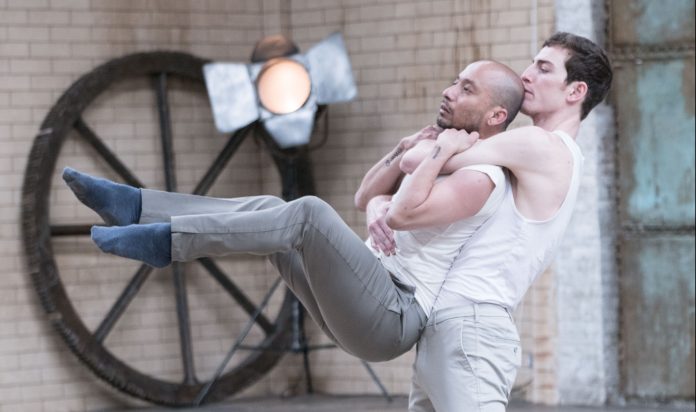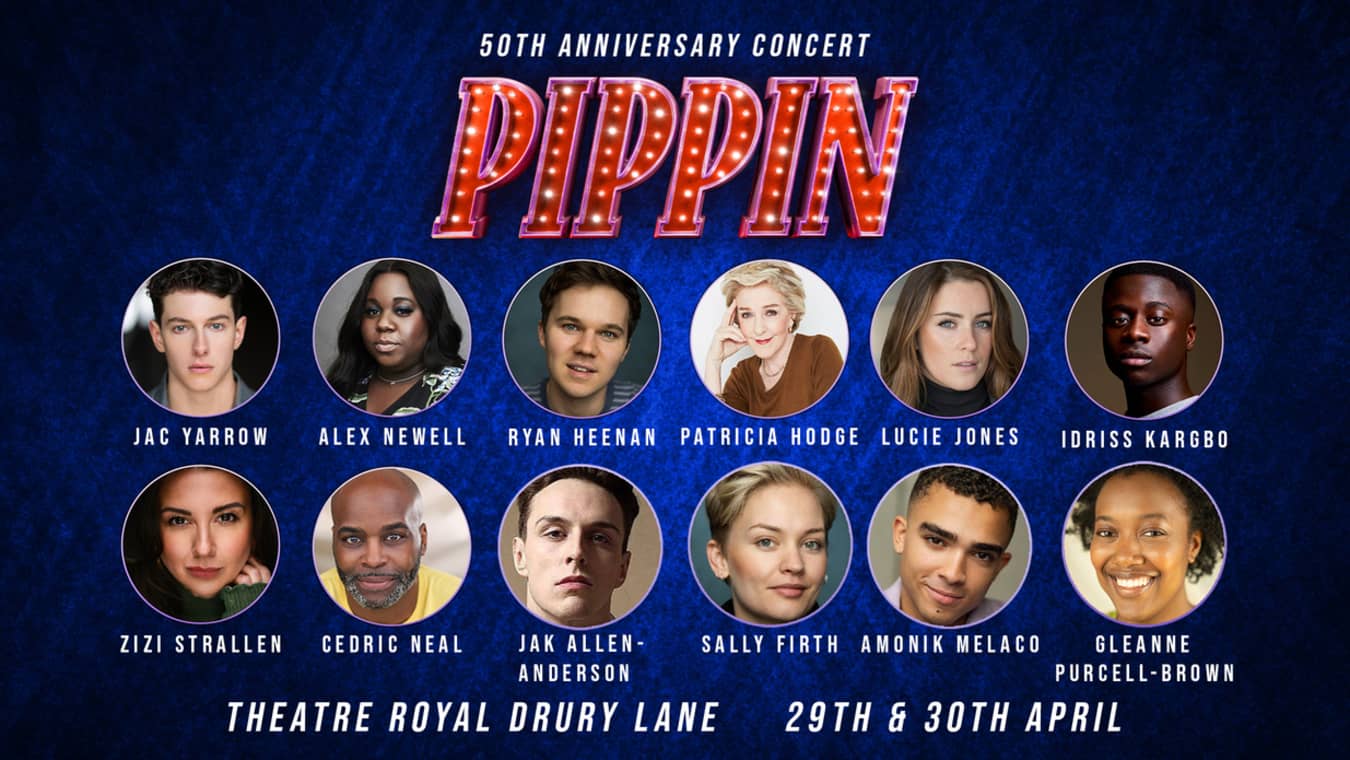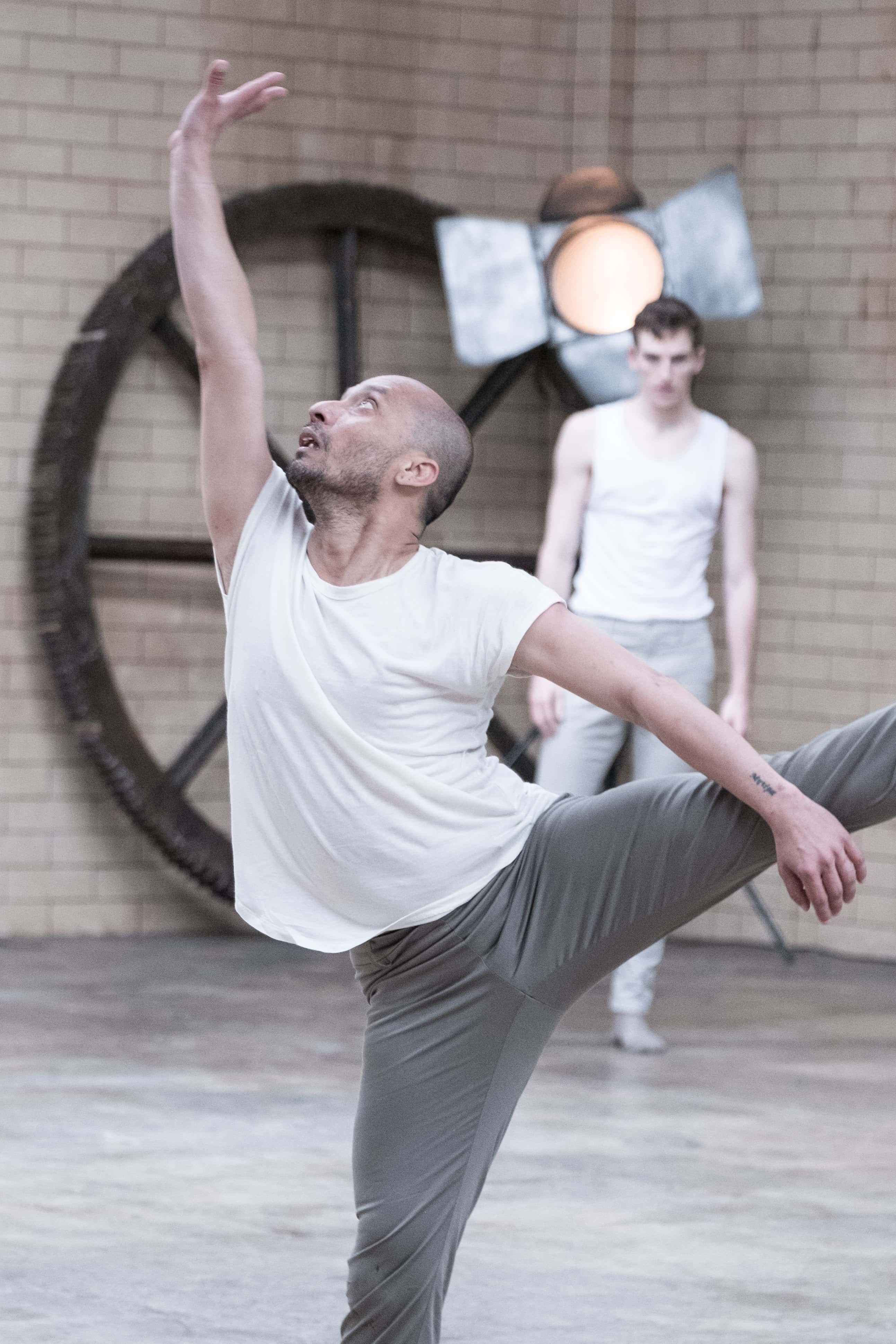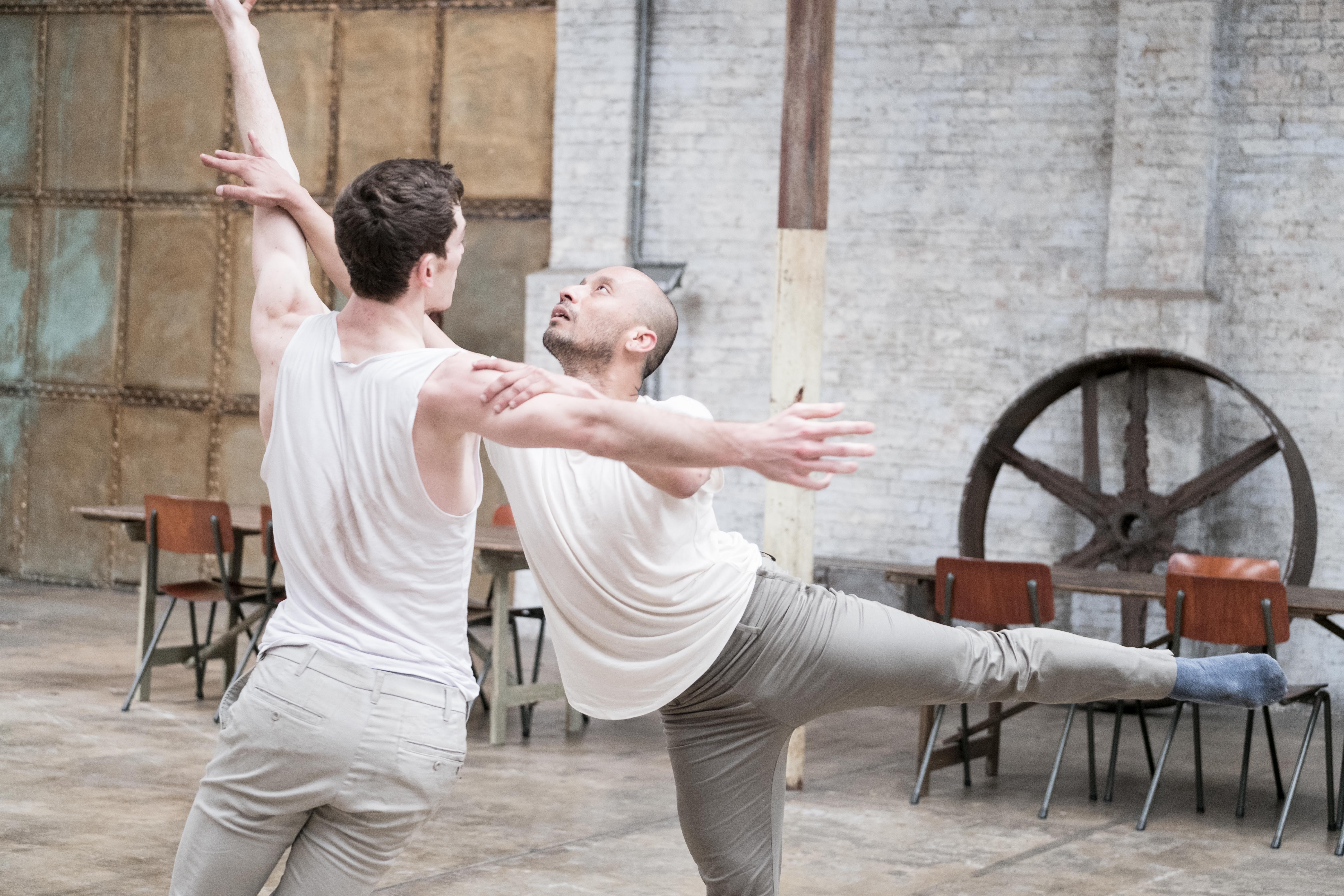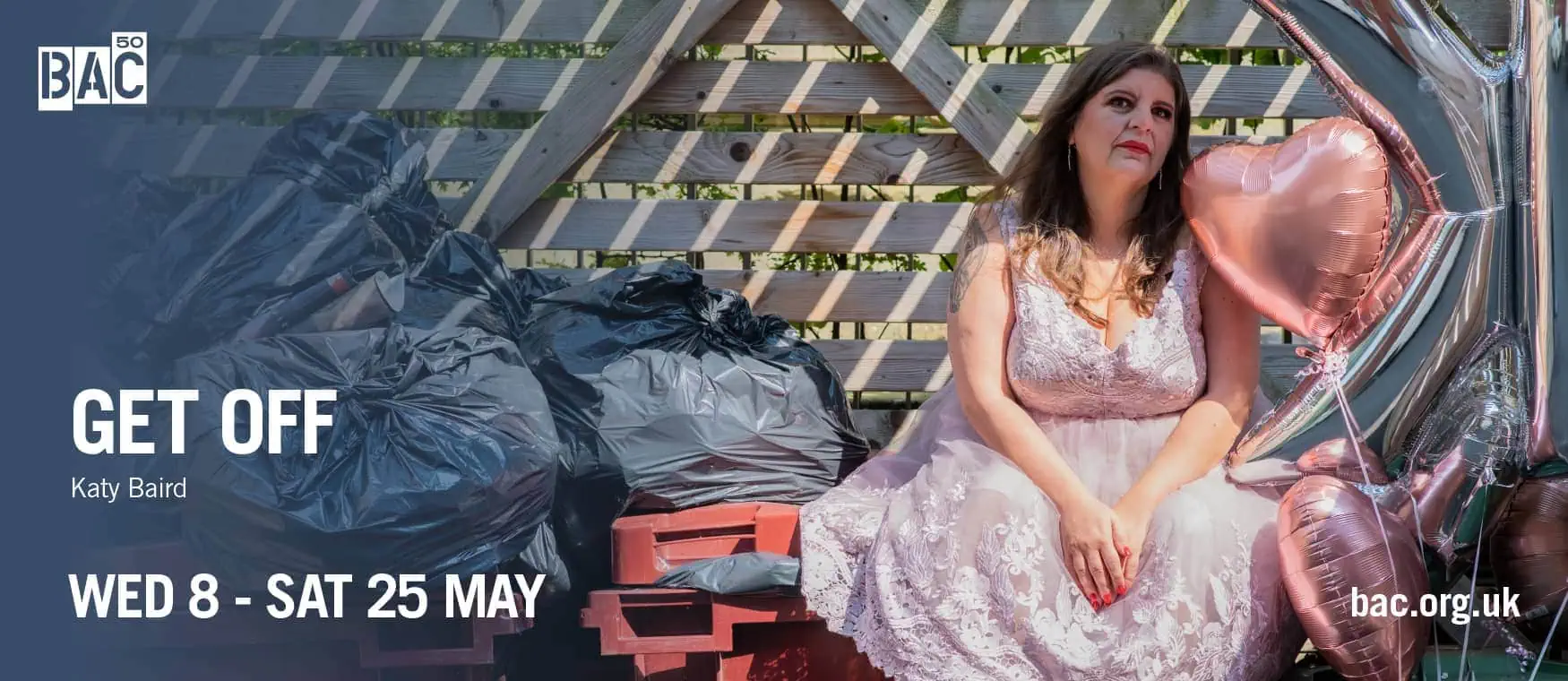Recognised internationally as a dance artist who’s breathing new life into traditional Indian dance, as well as breaking new ground with his contemporary work, Mavin Khoo is considered to be an authentically unique performer and scholar. Considered to be one of the few Bharata Natyam male soloist, a type of dance almost exclusively performed by women, he’s flouting gender roles in a bid to explore genderless territory. His latest work Man to Monk: Part 1, Man is set to make it’s World Premier this month so we caught up with him to peck his brain a little.
I’ve been dancing since I was five years old, my mum is Sri Lankan, my dad is Chinese-Malaysian and I studied Indian dance in Malaysia, and at the age of 10 I was chosen to train in India, so I lived there from the age of 10 to 17 training in Indian dance and classical ballet. I came to London when I was eighteen in the early 90’s, then established a professional career through working with all the major companies for a long time. Then I left London in 2010 for eight years I live in Malta actually, directing the national company there, and now I’m a nomad because I tour so much, so basically I don’t have a base. I work a lot with Sadler’s Wells.
I had a unique experience in the mid 90’s being very much a part of a whole scene, that was happening in London. Artistically and socially, in terms of being a young gay man in London, it was quite an exciting time to be there.
I’m trained basically in Indian classical dance and then of course in contemporary dance and in classical ballet as well, so the two places I really carved a niche for myself, was being one of the dancers in the early 90’s who was unusually multi-lingual in terms of dance discipline, and then also I had developed a niche of performing roles that weren’t necessarily masculine and not really making a parody of female roles. My work has never been about humour or drag, it’s always been about this ambiguous, non-existence of gender, and it’s interesting because when people see it’s not masculine, they assume that it’s feminine. Actually what it is, is a genderless perspective and because I developed a history of dancing with other men who maintained their masculinity, people then had to perceive my role as feminine as opposed to genderless. I’ve always been exploring this notion, in performance. It’s interesting with dance particularly because male dancers are often given the pressure of having to dance like a man, there’s something about proving the masculinity. Ironically by proving a constructed masculinity, they exude a presupposed heterosexuality on stage which I’ve always resisted. I’ve always found female dancers therefore more interesting and more inspiring because they never seem to be confronted by this issue of proving their gender.
I suppose you have that in classical ballet too, where the men are masculine.
It’s really a constructed masculinity. I think what’s interesting is that it’s been through a practice, I’m 42 now, so it’s been many years of, unconsciously initially developing this kind of work, and then when people started to write about me, I started to identify that it was a particular area that was specific to me, and then it became more of a conscious exploration and development of that area.
You enjoy playing with traditional texts, and modes of dance….
Yes, because I think what is fascinating for me is that it’s really reflective of my time as a London, particularly in my 20’s right up to my mid-30’s living in Central East London, it’s such a formative part of your identity in terms of who you are, for me it was fascinating because I spent that period of time in London, I could be so many things. I lived eight years of my life in the most conservative, orthodox establishment in South India with a guru, and when I came to London, it allowed me to very much be that Indian that I am, but at the same time totally embraced what it meant to be a 20 year old gay man in London, in terms of club culture and my sexuality. That ability to be many things fascinated me, so I think a lot of my work is drawn out of classicism and classical text, and classical ways of thinking about the body and love because I’m very confident that the rest of me is very contemporary because of where I live and how I think. I’m fascinated by this coming together of who I am, with the ideas that have lived for centuries.
Seeing as how you speicalize in an indian dance, back in September the overturning of section 377, do you think we’re perhaps seeing a push towards dismantling colonial era laws so that we can go back an explore these traditional forms?
Absolutely. I think it’s interesting that what happened in India, it was important for the west not to think that India was progressing to a westernised sense of liberation, but in actual fact removing the constructs of colonialism to go back to what culturally, mythologically and spiritually has existed in terms of fluidity in our culture. I think it’s enabling a discourse and a discussion to re-discover a sense of fluidity that has always been there. Particularly with my parent’s generation, they’re products of colonialist, imperialist perceptions of what is right and what is wrong. I think it’s important for us to understand WHY as well, I understand the context from which my parents come from, and instead of bashing and demanding they understand, there’s a context to why they think in a particular way. Now it’s about coming to a place where we need to let go.
Are these some of the ideas that you explore in your Man to Monk project?
The Man to Monk project is something special because it’s a contemporary dance piece, I’m dancing with a beautiful dancer called Victor (Callens), and the choreography is by Carlos (Pons Guerra). What’s interesting for me is that its’ reflective of my 30 years as an Indian classical dancer, so that whole perception of the erotic and the divine, in order for one to understand something that is spiritually more transcendental, one first has to understand all the rawness and humanity of what it is to be a man. For me it was about creating a reflective image in the western contemporary work that I make of something Indian. It sits within the work. My body is so Indian in so many ways without having to dress in an Indian manner, or speak with an Indian accent. There’s an element of clasping that part in it, and not forcing Indian steps, Indian costumes or Indian music into the work, but allowing it to come through by just being present.
The dance industry is very choreographer led, most of the time the commissions go specific choreographers. Here at Sadler’s Wells I’m one of the few in the world to be supported as a particular dancer that has had many years of experience and developed a niche for myself as a dancer. Sadler’s were open to supporting me on this project as a dancer, and gave me the freedom to decide who to bring in to choreograph on me. It’s a very beautiful, slightly unusual relationship.
How do you navigate that unusual creative collaboration?
Trust, mostly, which is complex. Trust in the other person’s skills. I guess its about an understanding of roles and everyone’s skills and expertise. Also I have to say, having just come from a state-run company, I really wanted to specifically work on something that was very intimate with a small creative team of highly experienced people. It easier to navigate as a small creative team, with Victor and me coming from the same experience as performance, there’s a consistence in being able to communicate with each other which doesn’t happen when you have a big team.
What do you hope your audience takes away from this performance?
What I really work towards on stage is to ensure that the works touches the audiences. I want to ensure that the work becomes relevant to the person watching it. After that, when they get home, or even a few days later, they can start to think about the work, they can then construct thoughts about it. For me it’s important that it’s not a work where people feel the need to think about, the work should be something they should feel first. If they choose to think about it later, that’s great. What is interesting when we’re making the work is that it’s two queer performers, with a queer choreographer, but we really went into the context of the work. This first piece is really about man, desire, rejection, love and lust, it has a queer framework but because of the strong emotional values within it, it’s much more universal.
Man to Monk: Part 1, Man will make its World Premier at Lilian Baylis Studio, EC1R 4TN on the 29th and 30th of November, 8pm.
For your tickets and to find out more head over to SadlersWells.com.
by Ifan Llewelyn

